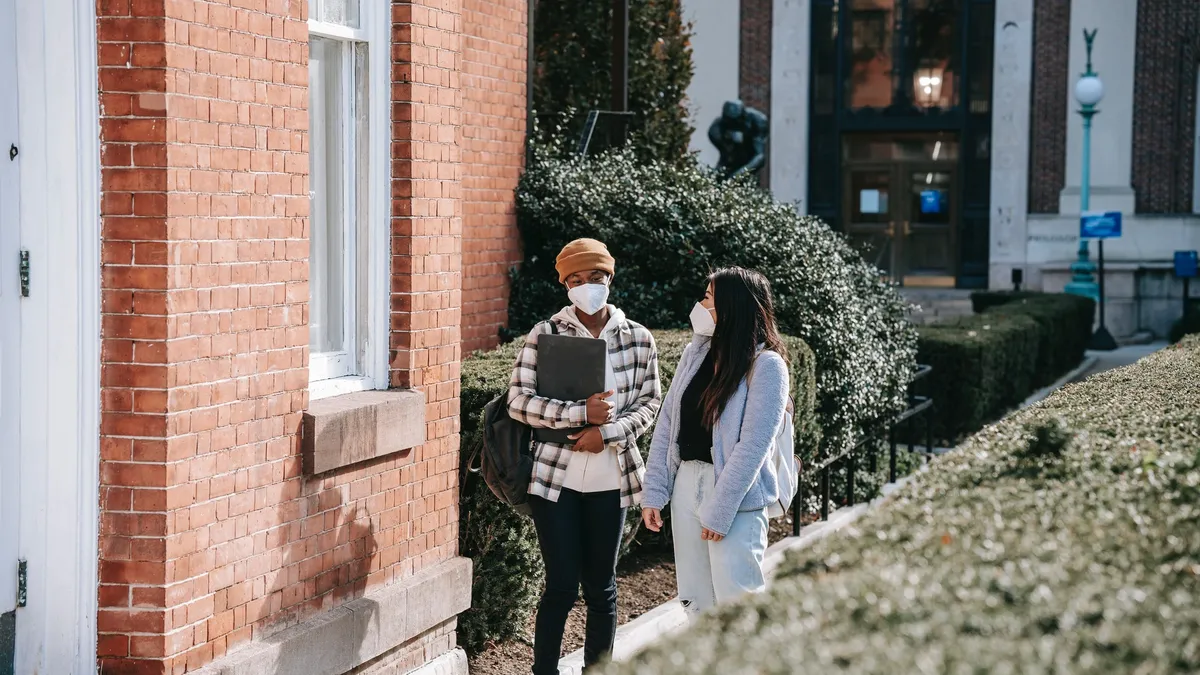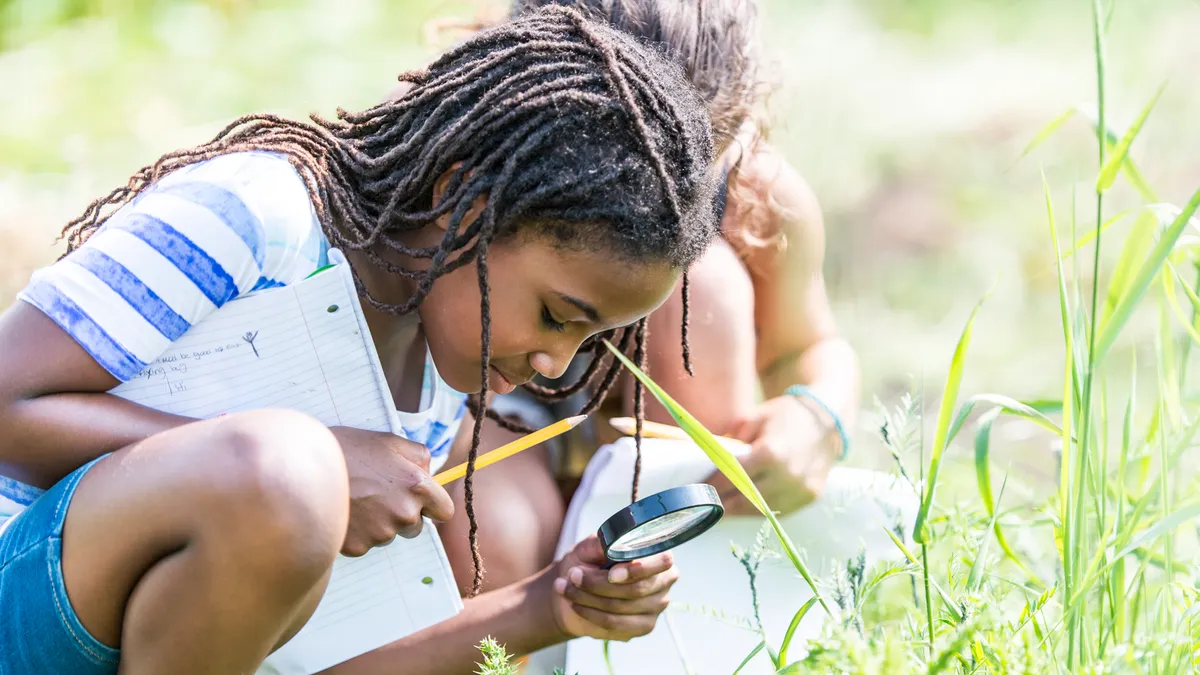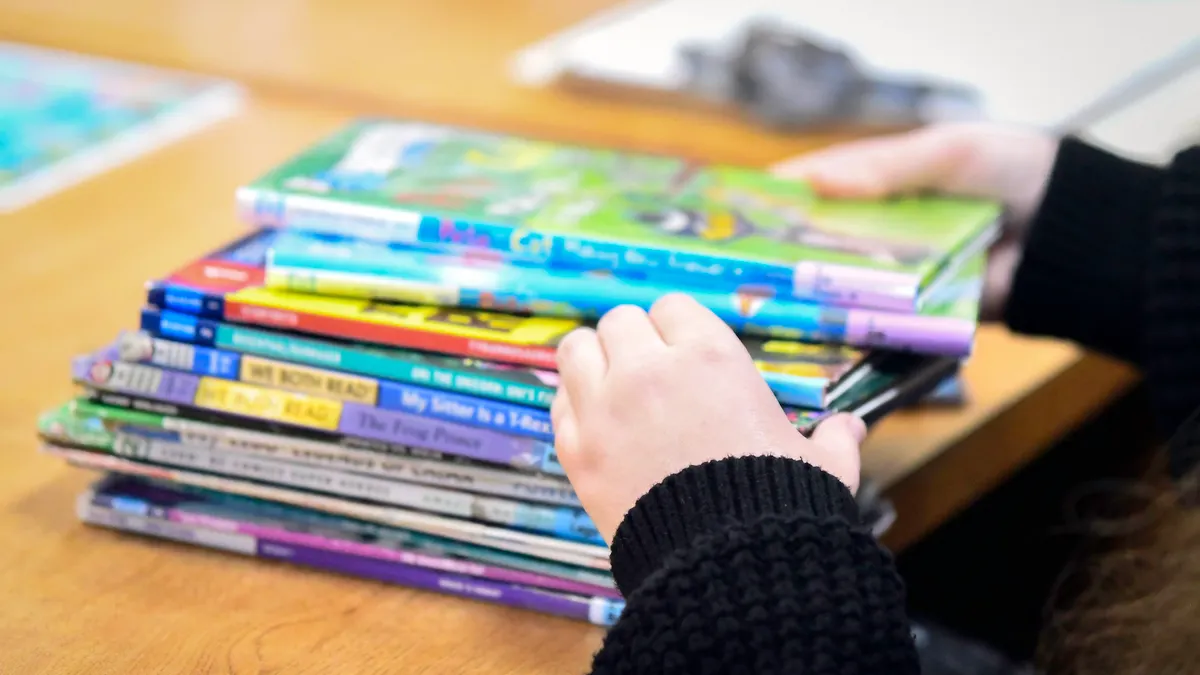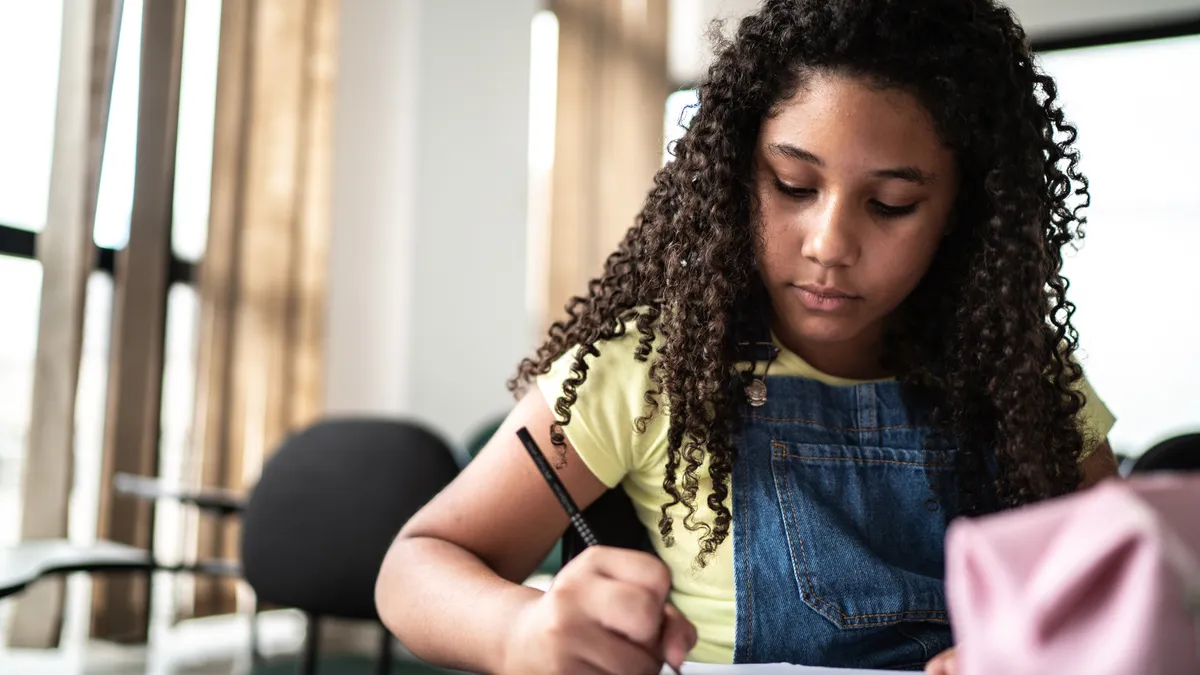Throughout COVID-19-related school closures and as schools are reopening, many districts are fraught with the challenges of serving the marginalized students who were most at risk of bearing the academic and social-emotional brunt of the pandemic. Sometimes, just reaching students from low-income backgrounds or with stressful home lives posed a hurdle.
Knowing this, experts on two virtual SXSW EDU panels, held the week of March 8, addressed the policies, practices and efforts needed to support students of color and other marginalized learners as they phase back to in-person learning or remain virtual.
Build meaningful relationships
As many have said throughout school closures and remote learning, experts on the panels said deep and meaningful relationships will be key.
“You need to have somebody at the center of a students' life — but not just anyone," said Ray Saldaña, president and CEO of Communities In Schools and former chief engagement officer with KIPP San Antonio Public Schools. "Somebody who's developed a relationship with that young person.”
Whitney Cole, a site coordinator for Communities In Schools, an organization that provides school-based staff to work with teachers in identifying challenges students of color face, has built these relationships with her students. She described how, at the beginning of the pandemic, many students didn't have basic necessities like food, transportation tissue paper and WiFi.
“You go knock on doors," she said, because "phone calls just weren't enough." In one incident, Cole said she was other side of town when she ran into one of her students. “I just need like a quarter to wash my clothes," she recalled him saying.
Cole encouraged principals and teachers to go out into the community to have similar face-to-face interactions.
Saldaña stressed a technique called integrated student support, in which a school not only assesses where students are in terms of behavior, attendance and engagement, but also tracks social, cognitive and emotional connections to create deeper relationships.
Engage students, especially those of color
Those are some of the same aspects needed to engage students of color, said David Osher, vice president of the American Institutes for Research. Engagement, he said, is made of four key elements:
- Behavioral: Is the student present in class, whether it's in person or online?
-
Emotional: How does a student feels about the learning process? For example, does the student find the material interesting or exciting?
-
Cognitive: Is a student focused and involved in the teaching.
-
Social: Is a student lonely or connected?
“Many young students of color don't have the opportunities to be engaged," Osher said, adding learning tends to be behavioral and scripted rather than engaging through the four elements.
However, in some ways, an online setting has helped with engagement, said Jacob Allen, chief executive officer and co-founder of pilotED Schools. The organization seeks to create school environments where students can be their authentic selves, build their social identity, and hone civic engagement and academic skills.
In asking students to discuss, research and challenge aspects around race, gender, sexuality and family structure, Allen and his team shifted to engage students in the home environment. That led to a lot more storytelling, conversations and personal touches like pictures and family trees from students, he said.
"They were interviewing aunts and uncles. They were going to their grandmas because it was the only person they could see other than their mom and their father," Allen said.
Support teachers' and students' mental health
Other activities like school trips and gardening, which Allen discovered were key to students' well-being, were more difficult to recreate in a virtual environment. However, he said, reformatting some in-person activities for a virtual setting and others on a smaller, socially distanced in-person scale were helpful.
“We really had to redefine what the classroom learning environment looks like," he said.
But to successfully carry out this learning, teachers' mental health must also be supported, said Denise Forte, senior vice president for partnerships and engagement at The Education Trust, a nonprofit working to close opportunity gaps impacting students of color.
Allen's organization is doing that by making room for teachers to cross-collaborate and share how they're managing daily. Teachers are also afforded a mental health stipend, which can be spent on things like trips, gym memberships and yoga classes.
Evaluate federal, state and local policies
The panelists said federal, state and local policies also need changing. Allen encouraged policymakers to go through policies "with a fine tooth comb" to examine how they impact students of color and students in impoverished neighborhoods. In same cases, Allen said, leaders will find policies don't fit the students they are serving or, where the policies do fit, they are implemented in haphazard way across districts and state.
On the federal level, Forte said she is pleased to see the American Rescue Plan invest in E-rate but that, rather than the plans $7 billion investment, it'll take around $16 billion to close the digital divide.
“We’re probably going to have to see a few more packages to make sure that we’re addressing the impact of the last year," she said.





















